Resources
Educators Announce Plan for Safe Return to Schools
In a collaborative effort to return to classrooms as soon as possible, the coalition of education labor groups released the Classroom Learning and Safe Schools for Employees and Students (CLASSES) plan, which outlines the steps needed to physically return to schools safely. With COVID-19 still spreading uncontrolled across the state, the CLASSES plan takes a holistic approach to physically returning to schools that includes addressing the risk of community spread to ensure the safety of students, educators and their families.
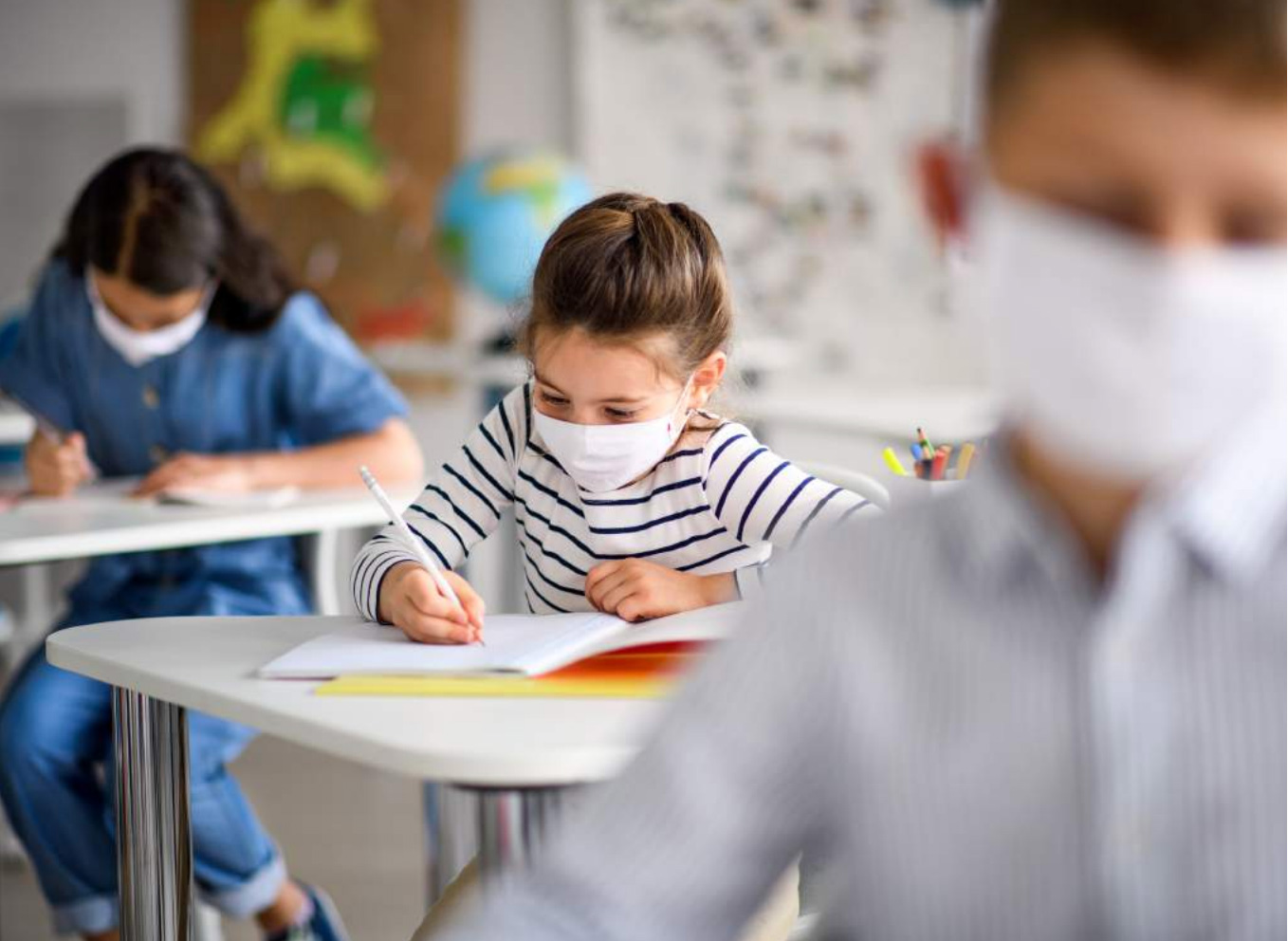

Scientists say monitoring CO2 can make indoor spaces safer amid pandemic
Prather is encouraging businesses and schools to monitor indoor air with carbon dioxide (CO2) sensors. When humans breathe out CO2, it can build up in poorly ventilated spaces. Read More
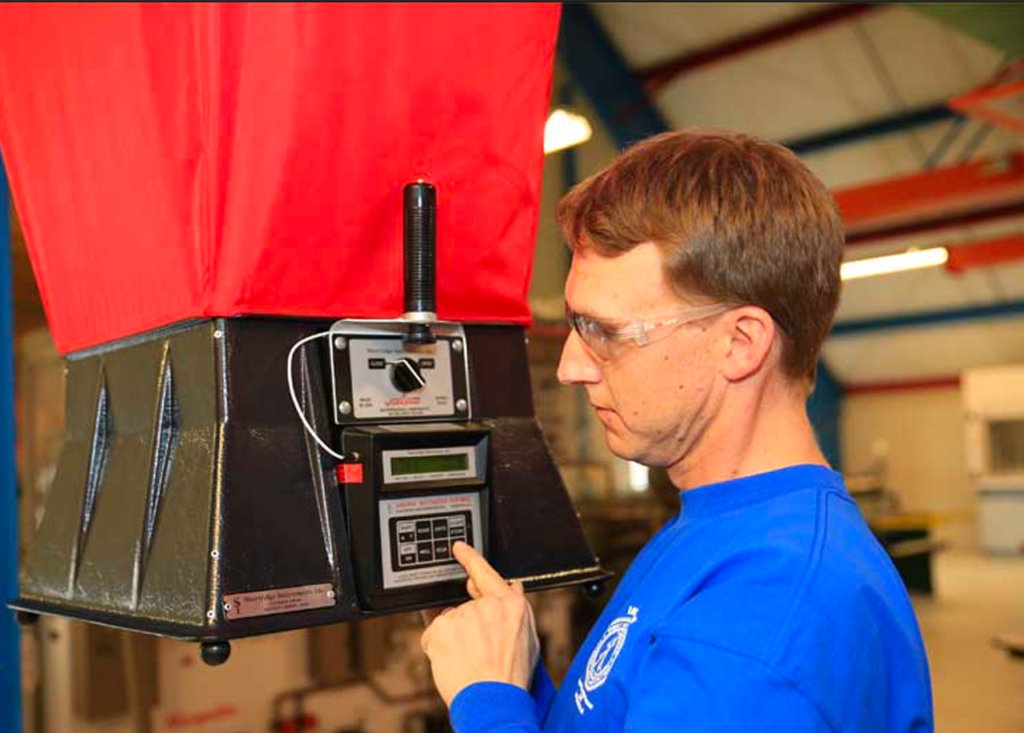
HVAC Upgrades Needed In Many U.S. Schools
A new report from the U.S. Government Accountability Office (GAO) shows that an estimated 54% of public school districts need to update or replace multiple building systems or features in their schools. Read More

CO2 Sensor Helps to Reduce the Risk of Covid-19 Transmission Indoors
Indoor climate plays a key role in health protection, as pathogens remain in rooms for hours at typical air exchange rates in residential and office buildings. Read More

Carbon Dioxide monitoring to lower the coronavirus threat
Graham Martin, CEO and Chairman, EnOcean Alliance looks at how the threat of coronavirus can be monitored in buildings. Read More

'We have the money to do it' | Maryland gets over $1 billion for schools
Maryland schools and universities are set to receive a combined $1.17 billion to address school improvements and learning losses ahead of reopening. Read More
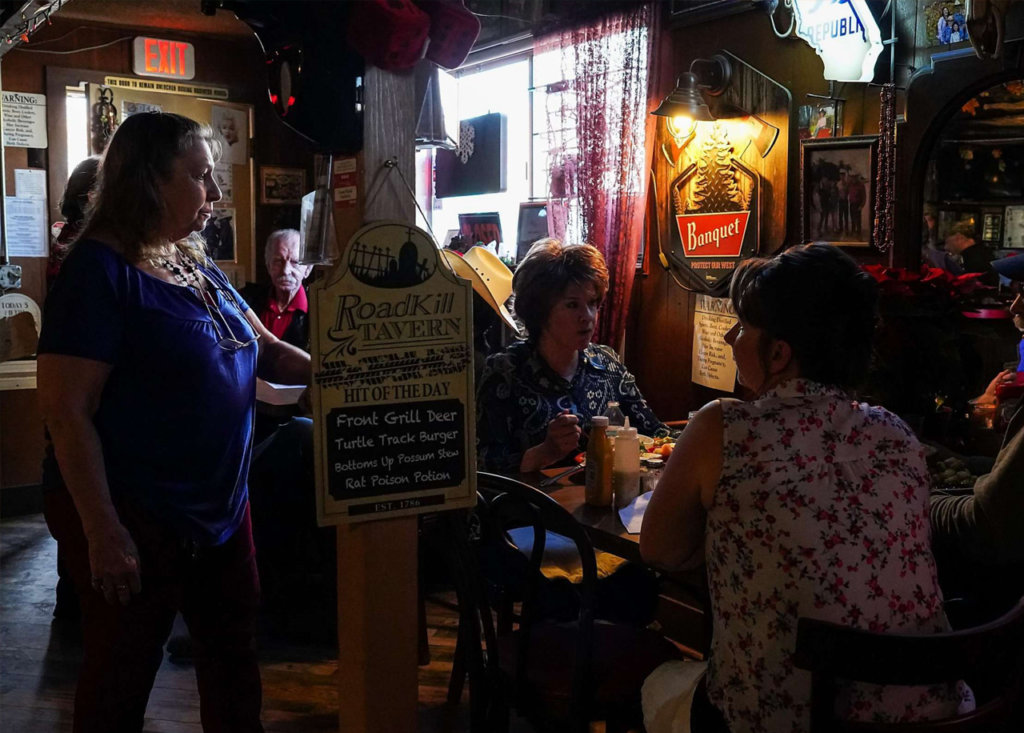
Why CO2 monitors & indoor ventilation may be a key to curb COVID spread
Nearly a year into the pandemic, we’ve learned that ventilation in indoor spaces is critical in preventing the spread of COVID-19. Read More
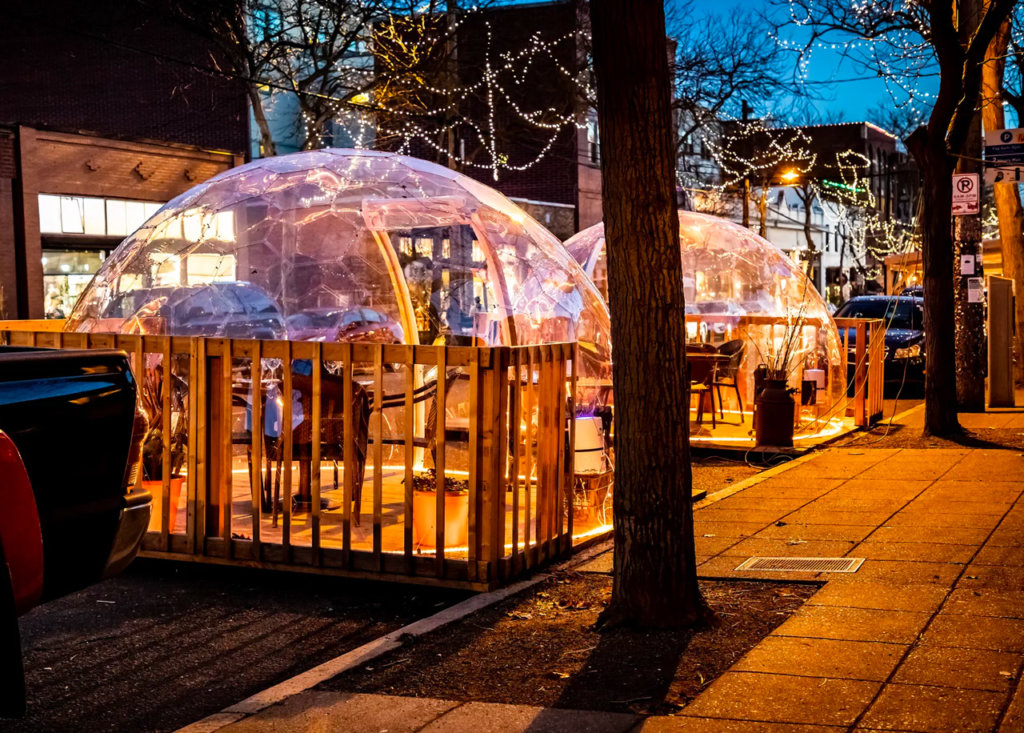
Washington Releases Increasingly Elaborate Guidelines for Outdoor Dining
If a restaurant does set up seating around bay doors or the “permeable” walls, it must also constantly track CO2 levels, and adjust the seating and air flow within certain limits. Read More

How to use ventilation and air filtration to prevent the spread of coronavirus indoors
The vast majority of SARS-CoV-2 transmission occurs indoors, most of it from the inhalation of airborne particles that contain the coronavirus. Read More
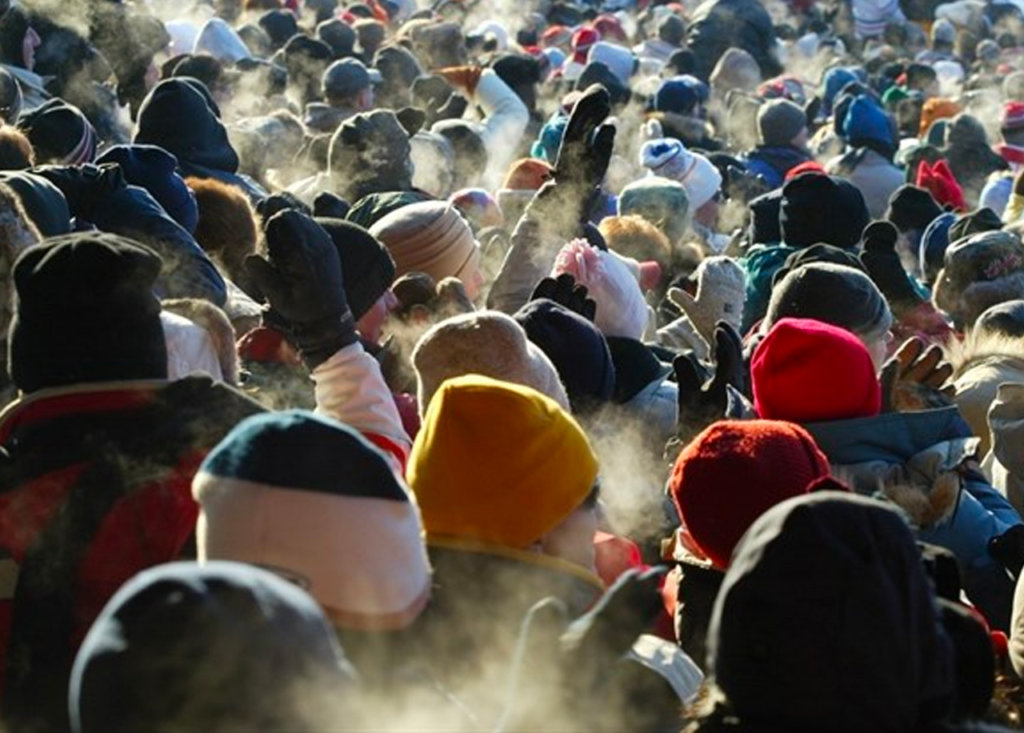
'Evidence is now overwhelming': 3 things to know about airborne COVID-19
And this month, hundreds of Canadian health-care professionals, engineers, scientists and citizens signed a letter to premiers, public health officials, Chief Public Health Officer Dr. Theresa Tam and Health Minister Patty Hajdu, demanding action to address the risk of COVID-19 transmission through inhaled aerosols. Read More
